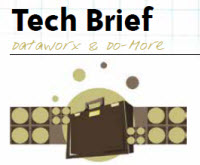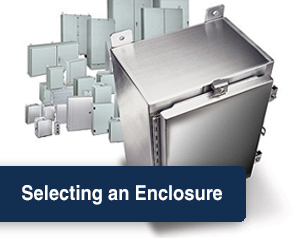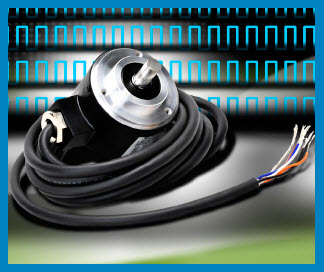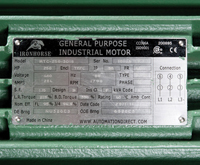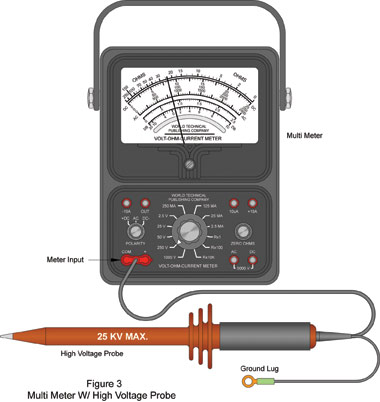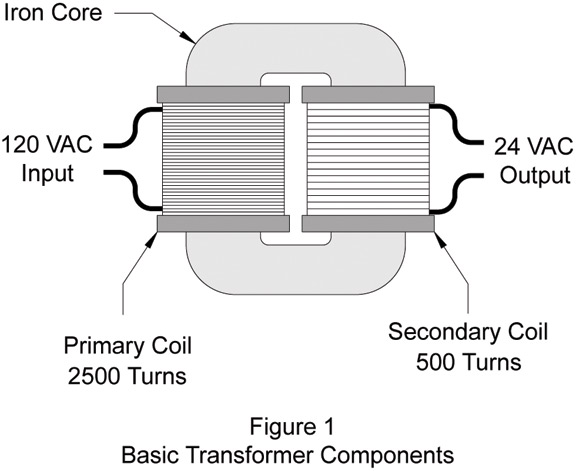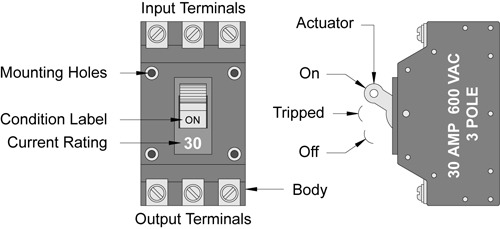+Tech TopicsApplicationAutomation NotebookData CollectionIssue 28 - 2014Learning ResourcesNotebook IssueProductProgrammable ControlTechnology Brief
DataWorx with Do-more PLC support
AutomationDirect has partnered with BizWareDirect for several years, supplying DataWorx data collection and monitoring software for compatible DirectLOGIC programmable logic controllers (PLCs), Productivity3000 and WinPLC controllers. Previously, it had been necessary to purchase an OPC/DDE server and write code, or buy an HMI package, to collect data from AutomationDirect controllers. BizWareDirect’s data collection software makes…


